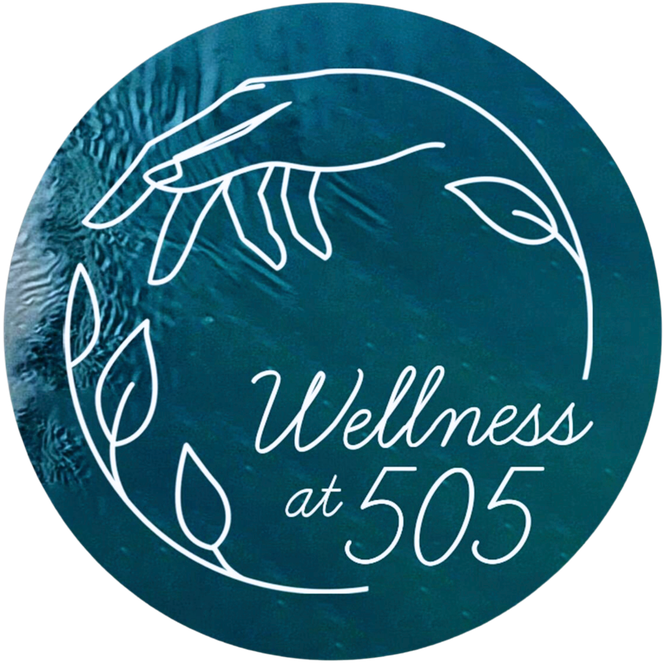Halo Light Therapy
Harmonic Amplified Light Output (HALO)
Halo Light Therapy is one of the most remarkable high-output photonic-botanical treatment systems ever developed!
What is Halo Light Therapy?
Light therapy is generally defined as exposure to a light source, such as specific wavelengths of light using lasers, full-spectrum light, light-emitting diodes (LEDs), polarized light, and sunshine. The therapy involves shining the light on a subject or patient for a prescribed amount of time and, in some instances, at a specific time of day.
The therapeutic benefits of light therapy—also called biophotonic therapy—have been known since the early 1900s when Dr. Niels Finsen, a Danish physician, demonstrated the beneficial effects of various wavelengths in the treatment of tuberculosis. Dr. Finsen went on to win a Nobel Prize in Physiology or Medicine in 1903. In the last century, this same technology has been proven to be effective in the fields of dermatology, neurology and physiotherapy.
Session Fees:
Adding the light onto a regular session of any kind … $30
A focused light therapy session – 30 mins … $50
Findings from Research and Test Cases:
In 1966, the groundbreaking experiments conducted by Dr. Endre Mester, a Hungarian professor of surgery, were the first to prove the healing effects of high-energy light devices. In one of his earlier studies, Dr. Mester discovered that tissue growth was accelerated with light (photon) therapy. His later experiments provided evidence that photon therapy facilitated healing, but more importantly, demonstrated that the healing it brought about affected the entire body (systemic)—and was not just a localized phenomenon.
The accepted depth of penetration capacity of the light emitted from modern light generating devices depends on its specific wavelength and light intensity, but, on average, the penetration is about 3 – 6 cm (1 – 2 inches.). The majority of photons are absorbed in the first few millimeters. As the photons pass through the skin, the more superficial tissues absorb them, thus reducing the number of photons that reach deeper layers. However, as photons enter the body, they create a powerful physiological effect by inducing local metabolic changes and the creation of secondary messengers. Secondary messengers are molecules that relay signals received at receptors on the cell surface that target molecules on the cell membrane and within the nucleus of the cell to modify physiological and genetic information.
Secondary messengers also serve to greatly amplify the strength of the photonic-botanical signals, causing important beneficial changes in the biochemical activities within the cell. Thus, as the effect of the photons diminishes with increasing depth, the physiological effects rapidly multiply, creating the possibility of a profound local and systemic effect. This is how photonic-botanical energies quickly create systemic effects.
Introduction to HALO Biophotonic Therapy
